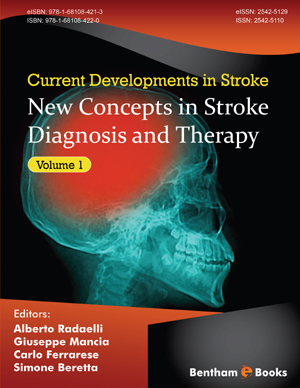Abstract
Vitamin K antagonists such as warfarin and acenocumarol are the most widely used oral anticoagulants. Their clinical indications include both stroke prevention and prophylaxis and treatment of venous thromboembolism. Intracerebral hemorrhage (ICH) is the most important side effect of anticoagulant therapy accounting for almost 20% of all ICH. Non vitamin K anticoagulants or direct oral anticoagulants (DOACs) have been recently introduced in clinical practice due to their practical advantages over VKA. They are at least as effective as warfarin in the management of thromboembolic diseases and in the thromboprophylaxis of non-valvular atrial fibrillation, moreover, they have a more favorable safety profile. The present chapter will focus on vitamin K antagonists and DOACs mechanisms of action, on their pharmacokinetics and pharmacodynamics, and on the relative risk of bleeding during treatment.
Keywords: Anticoagulation reversal, Anticoagulants, Bleeding risk, Intracerebral hemorrhage.






















